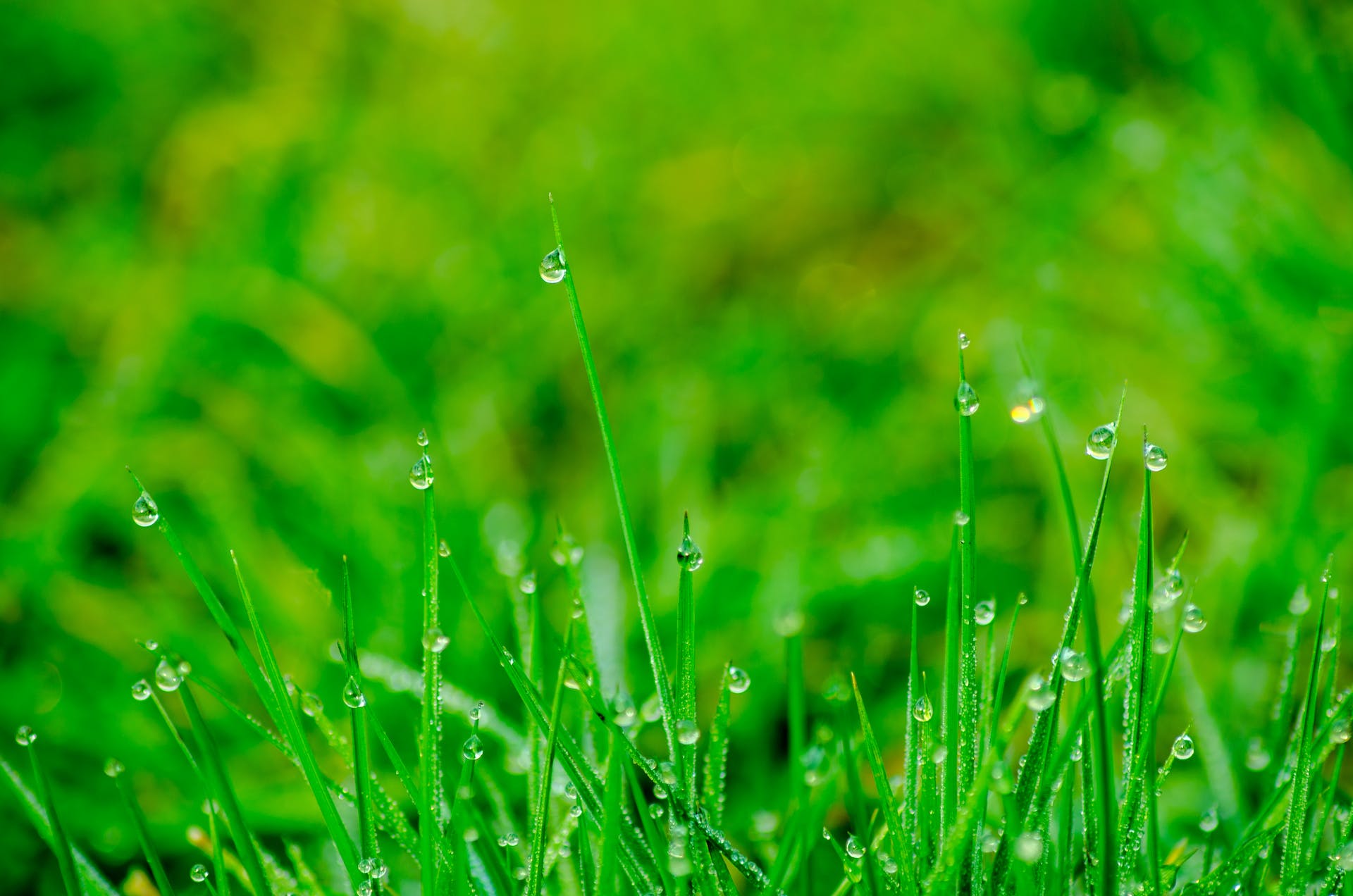Imagine your beautiful garden, a serene haven of lush greenery and vibrant flowers. Now, picture it as a swampy marshland post-monsoon season. Not quite the water feature you had in mind, right? Well, don’t worry because if you are someone whose garden is prone to flooding when the weather gets wild, there are actually lots of preventative measures you can take to stop it from happening, so that your garden is always more Eden and less Atlantis…
1. Embrace Your Inner Tree Hugger
Buy trees, plant trees, stop flooding! You see, planting trees isn’t just good for the planet; it’s also a smart way to soak up excess water that finds its way into your yards. The riots of trees are like big ole sponges that will soak up that excess and stop you from being troubled by soil erosion or flooding better than pretty much anything else.
2. The Wonders of Water-Resistant Plants
Considering planting lots of water-resistant plants in your yard is a no-brainer on this score too. These hardy green specimens can survive a bit of a soaking and won’t keel over at the first sight of heavy rain. Plus, they can add some much-needed diversity to your garden.
3. Rain Gardens: Your New Best Friend
Ever heard of a rain garden? No, it’s not a new type of Zen garden. It’s a shallow depression in your garden, filled with water-loving plants and grasses. It's like a designated chill-out zone for excess water, keeping the rest of your garden nice and dry.
4. The Charm of a French Drain
Install a French drain. It sounds fancy, but it’s essentially a gravel-filled trench with a perforated pipe that redirects water away from your garden. It’s like giving excess water a VIP exit route, minus the red carpet.
5. Grading: Not Just for Schools Anymore
Grading your garden can work wonders. By ensuring your garden slopes away from your house, you can keep your foundations as dry as a good martini. This might require a bit of landscaping work, but think of it as an investment in a flood-free future.
6. Rain Barrels: Because Free Water Is the Best Water
Set up rain barrels to collect runoff from your roof. Not only does this help prevent flooding, but it also gives you a supply of free, unchlorinated water for your garden. It’s like nature’s own water delivery service, minus the delivery guy.
7. Mulch: It’s Not Just for Looks
Mulch is your garden’s best friend. It absorbs water, prevents soil erosion, and keeps your plants happy. Think of it as a cozy blanket for your soil, one that keeps moisture in and flooding out.
8. Permeable Paving: Because Your Patio Shouldn’t Be a Pool
If you have a patio or pathway, consider using permeable materials. These allow water to seep through rather than pooling on the surface. It’s like giving your patio built-in drainage, which is way cooler than it sounds.
9. Ditch the Ditch: Create Swales Instead
Swales are shallow trenches that follow the contour of your landscape and capture runoff. They’re like ditches but with more of a purpose in life. Planting them with grasses and flowers can make them an attractive feature rather than an eyesore.
10. Regular Maintenance: Keep Those Gutters Clean
This might seem like a no-brainer, but if you want to avoid getting water-logged, then you will also want to make an effort to keep your gutters and drains clear. Clogged gutters mean that water will run off and pool in the garden, and that is never good news…well not unless you love wading through swamps, anyway!
11. A Word on Waterlogged Lawns
If your lawn is prone to becoming a temporary pond, aerating it can help a lot. This might sound fancy, but it basically just means poking small holes into the soil that will enable air, nutrients, and of course, water, to penetrate right down to the roots of your lawn.
12. Embrace the Art of Terracing
If you have a sloped garden, terracing is a pretty smart step to take in your war against water. Basically, it breaks up the slope into flatter sections, reducing runoff and erosion, while also giving your garden a fancy layered look.
As you can see, no matter how prone your garden is to flooding, there is usually something (often many somethings) you can do to take back control, stop that water from pooling up, and ensure your garden never looks like an underwater attraction again. Excellent news, right?
